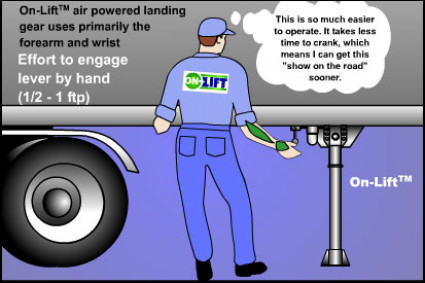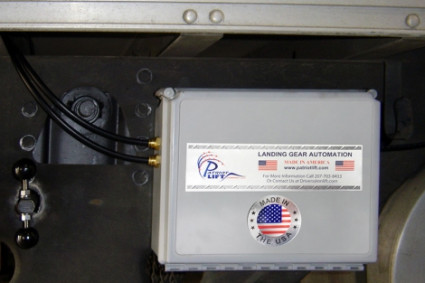
Retail businesses often undergo relocation due to expansion, downsizing, or the need for better premises. Regardless of the reason, moving a retail operation involves a series of intricate steps to ensure a seamless transition without impacting sales or customer experience. In this comprehensive guide, we delve into the nuances of retail removals, providing valuable insights and practical tips for a successful move.
Planning is paramount when it comes to retail removals. Before initiating the process, retailers should conduct a thorough assessment of their current and future space requirements. Factors such as inventory size, shelving units, and display fixtures need to be meticulously evaluated to determine the optimal layout of the new premises. Additionally, retailers must consider logistical aspects such as accessibility, loading docks, and parking facilities at the new location.
Once the planning phase is complete, retailers should focus on decluttering and organising their inventory. This involves categorising items based on their importance and disposing of obsolete or redundant stock. By streamlining their inventory, retailers can reduce moving costs and optimise storage space at the new premises. Moreover, organising inventory facilitates a smoother unpacking process, allowing businesses to resume operations swiftly post-relocation.
The next crucial step in retail removals is packing and labelling merchandise. Retailers should invest in high-quality packing materials to ensure the safety and integrity of their products during transit. Fragile items should be wrapped securely, and perishable goods should be handled with care to prevent spoilage. Additionally, labelling boxes with detailed descriptions of their contents facilitates efficient unpacking and minimises confusion at the new location.
Transportation is another key aspect of retail removals that requires careful consideration. Retailers should enlist the services of experienced removalists who specialise in commercial relocations. These professionals have the expertise and resources to transport merchandise safely and efficiently, minimising the risk of damage or loss during transit. Moreover, reputable removal companies offer insurance coverage for added peace of mind.
Upon reaching the new premises, retailers should focus on unpacking and setting up their inventory promptly. Time is of the essence in retail removals, as any delay in resuming operations can result in lost revenue and customer dissatisfaction. Retailers should prioritise unpacking essential items such as cash registers, point-of-sale systems, and high-demand products to facilitate a smooth transition.
In conclusion, retail removals are complex undertakings that require meticulous planning and execution. By following the guidelines outlined in this article, retailers can streamline the relocation process and minimise disruption to their business operations. From thorough planning and inventory organisation to efficient packing and transportation, every step plays a crucial role in ensuring a successful move. With proper preparation and the assistance of experienced removal professionals, retailers can embark on their relocation journey with confidence and ease.
Stay In Touch!
Phone: 02030047977
Mail: hello@valuedmoves.co.uk







